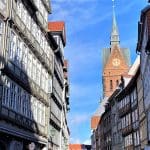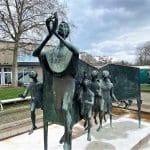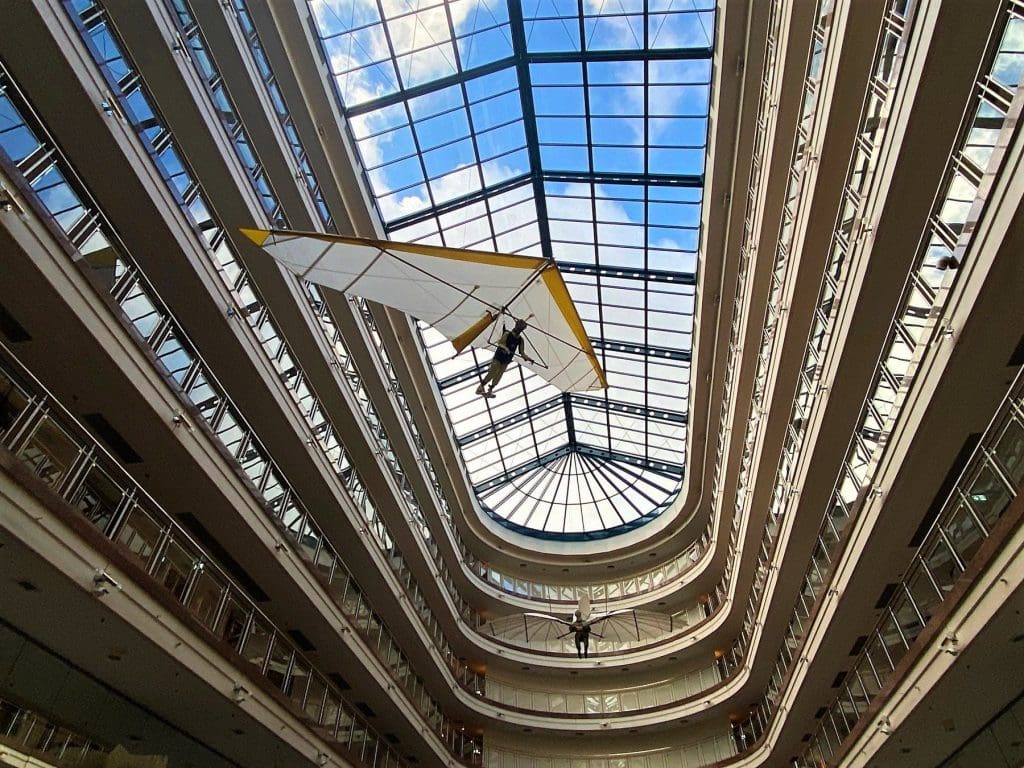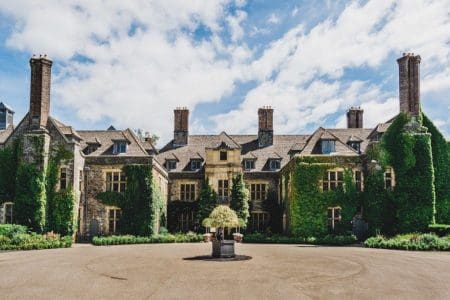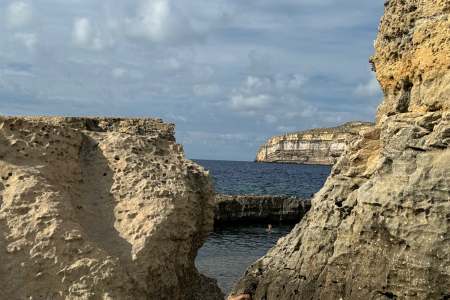On a visit to the nine cities of Lower Saxony Mark Bibby Jackson is led by the Pied Piper through the streets of Hamelin.
It is not every day that I am met at the station by a guide dressed in many colours wearing large yellow shoes and playing the flute, but there again I have never before visited Hamelin.
Our piper leads us through the streets of the medieval city in Lower Saxony, welcomed by the locals unlike his famous predecessor. It takes a lot for me to be impressed by a guide, but Michael – an American who moved to Hamelin for love and has played the piper for more than two decades – is mightily impressive.
As we settle down in one of the city’s oldest pubs for lunch, Michael tells us the story of Hamelin’s most famous resident.
The Pied Piper of Hamelin
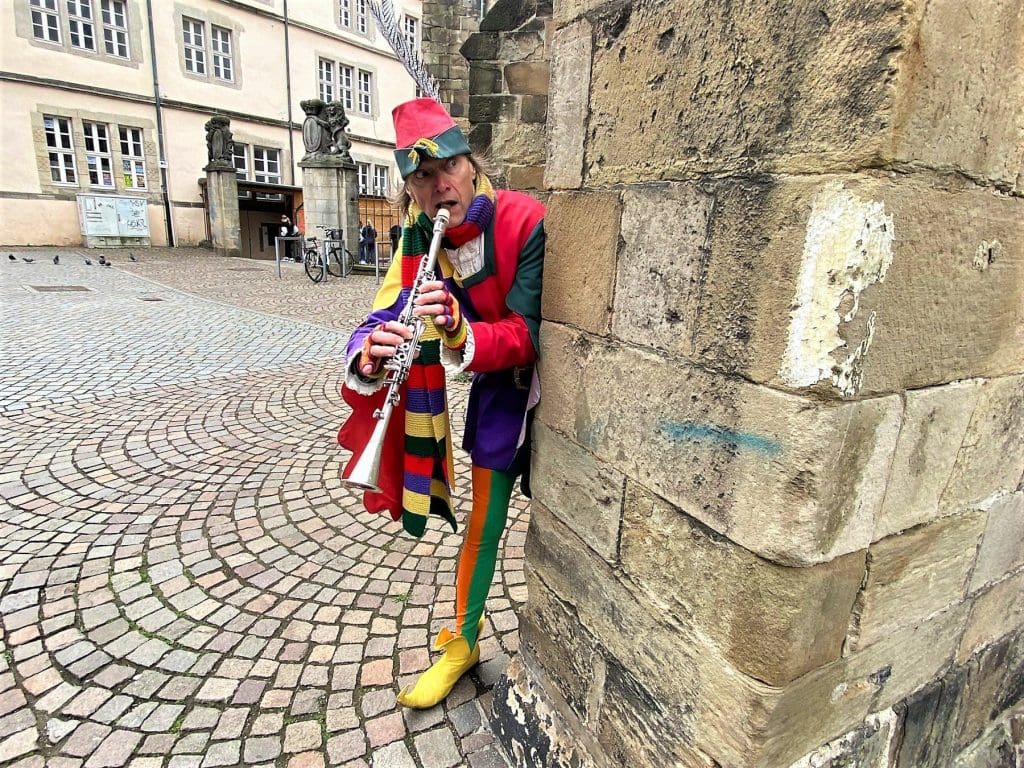
On 26 June 1284, the Rattenfänger von Hameln (ratcatcher of Hamelin) as he is known in Germany, disappeared from the city during a church service followed by 130 youths.
Where he went and what fate befell his devotees nobody knows. Not that this has stopped authors from Goethe through the Brothers Grimm to Robert Browning, who introduced the pied costume and lame child, spinning their tales. Despite his German nickname, the piper was not a ratcatcher. This part of the story was added more than a century after the mysterious event occurred, or at least that is Michael’s version.
There are many possible scenarios. Perhaps the children were taken to Transylvania or they followed the Piper to the nearby Koppenberg Mountain for some midsummer festival – a medieval Woodstock – where they met a tragic death. But whatever their fate, the children never returned to Hamelin, nor was word heard of them.
Apart from the piper, Hamelin has much to recommend it despite most of the old city being destroyed by Napoleon, including some interesting medieval architecture, as well as an intersting museum devoted to the Pied Piper. Michael’s tour ended appropriately enough at the Bungelosenstrasse (“street without drums”), which is the last place where the children were spotted. And where to this day no singing, dancing or playing of music is permitted.
Wolfenbüttel and the Volkswagen Autostadt
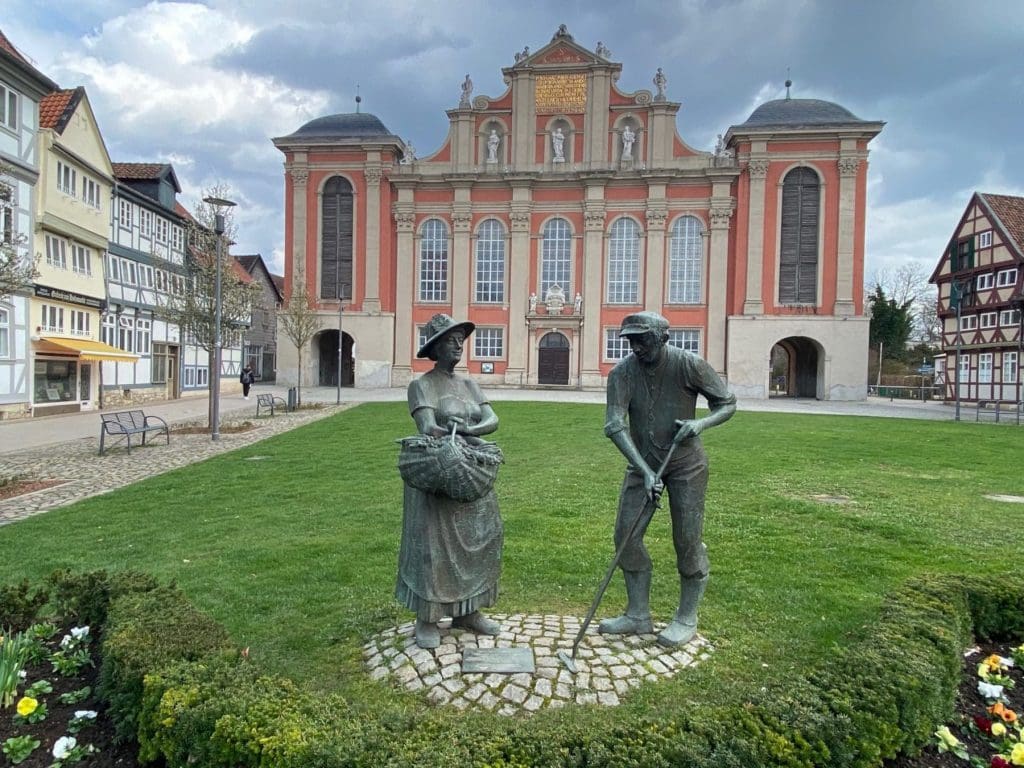
Our visit to Hamelin came on the second day of our trip through the nine cities of Lower Saxony. The previous day we had visited Wolfenbüttel, a Renaissance city that had largely survived bomb damage during World War II due to its lack of heavy industry. The city has an impressive castle which dates back to 1118, although the current façade is from 1710-1720.
Wolfenbüttel is perhaps best known for being the home of Jägermeister which has been distilled here since 1934, although sadly it was closed during our visit.
After Wolfenbüttel, we drove to Wolfsburg, which apart from its football team is known as the centre of Volkswagen.
I am not a big car buff, but the Volkswagen Autostadt, which opened two decades ago to coincide with the 2000 Expo held in neighbouring Hanover, is almost as impressive as Michael.
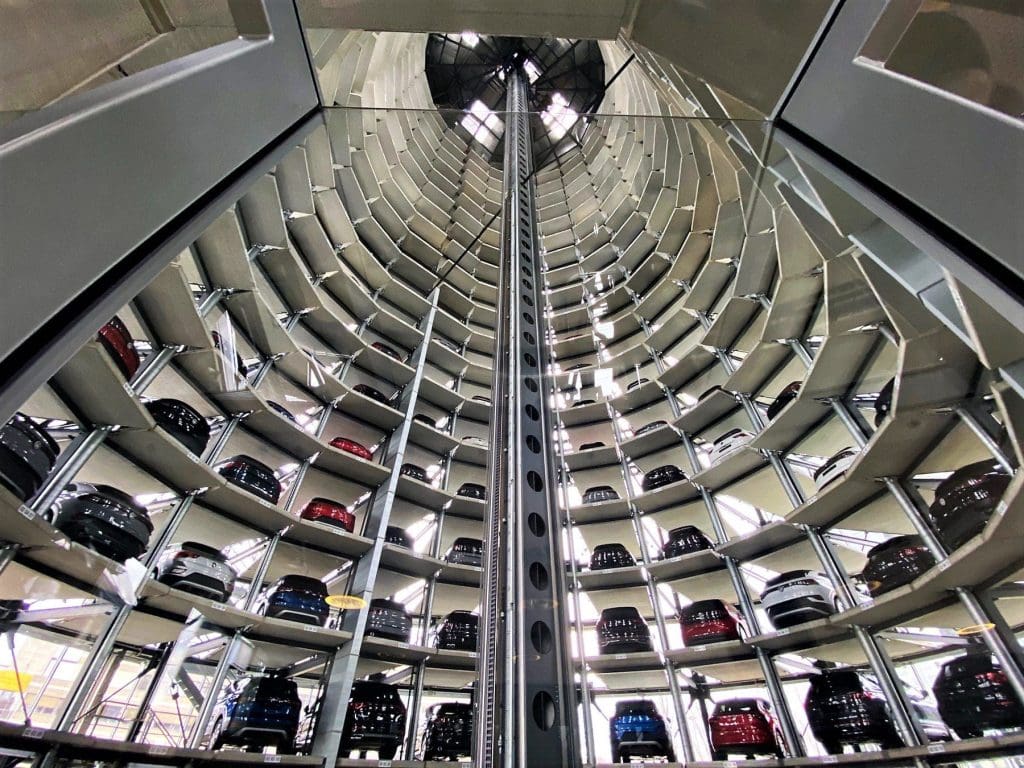
The Autostadt was originally a vehicle delivery centre, but has now developed into a large park. The two cylindrical delivery towers remain. Holding 770 cars in total, these can deliver 500 vehicles per day to customers. The towers are monumental structures. Moving with the times, 20 to 25% of the cars are electric, although the vast majority are either black, grey or white – some things never change.
Not everything in the Autostadt is new. The ZeitHaus car museum contains some 200 cars including a Ford T and the first automobile, an 1879 Benz PATENT Motowagen. The museum highlights key milestones in automotive history, such as a bubble car and a mini. It makes for an interesting visit. Partially driven by the high volume of business travel to the Autostadt, there is also a Ritz-Carlton hotel here, where we had a very pleasant meal before returning to the Hotel Maritim at Hanover Airport.
Hanover City Tour
This was our base for our short trip to Lower Saxony. Generally, I avoid airport hotels wherever possible, finding them drab soulless places, but the Hotel Maritim is an exception. The atrium is spectacular, while both service and food were excellent throughout. The hotel proved not only handy for Hanover Airport – just across the road – but also a good base for exploring the area, with easy access to the S-Bahn (S5) at the airport.
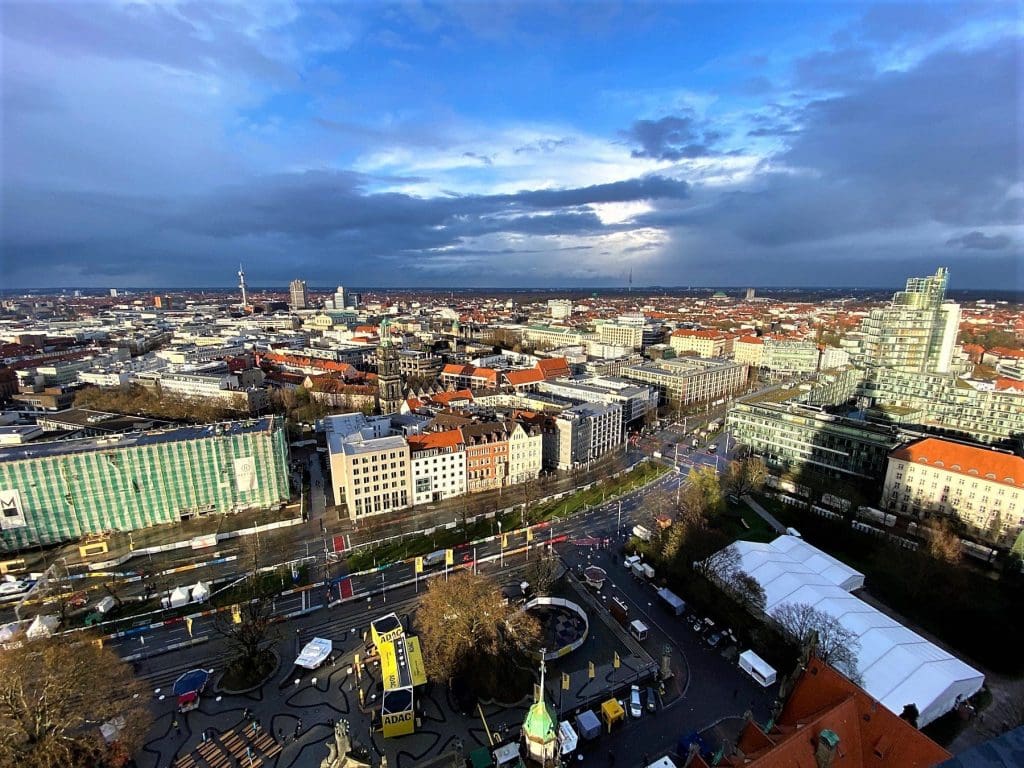
The S-Bahn takes you right to the mainline station in the heart of the city, as well as to Hamelin. Although Hanover was badly bombed in World War II, much of the inner city has been reconstructed. A large part of the centre around Café Kröpcke has also been car free since the 1950s creating a pleasant space to wander, or for the really daring to surf on a weir on the river Leine.
Wandering around the city we see fragments of the old city as well as the ruins of St Giles Church which has a Hiroshima bell – Hanover is twinned with the Japanese city, as well as Bristol and intriguingly Leipzig shortly before the fall of the Wall. How many cities are twinned with other cities in their own country? There is a memorial to the holocaust next to the Opera House.
However, the highlight of any city tour of Hanover has to be taking the lift up to the roof of the City Hall, which was built between 1901 and 1913, for the spectacular views. On the way down make sure you have a look at the models of the city, especially the one that shows the extensive damage caused to the city during the war. Then look at the rebirth outside.
Royal Gardens of Herrenhausen
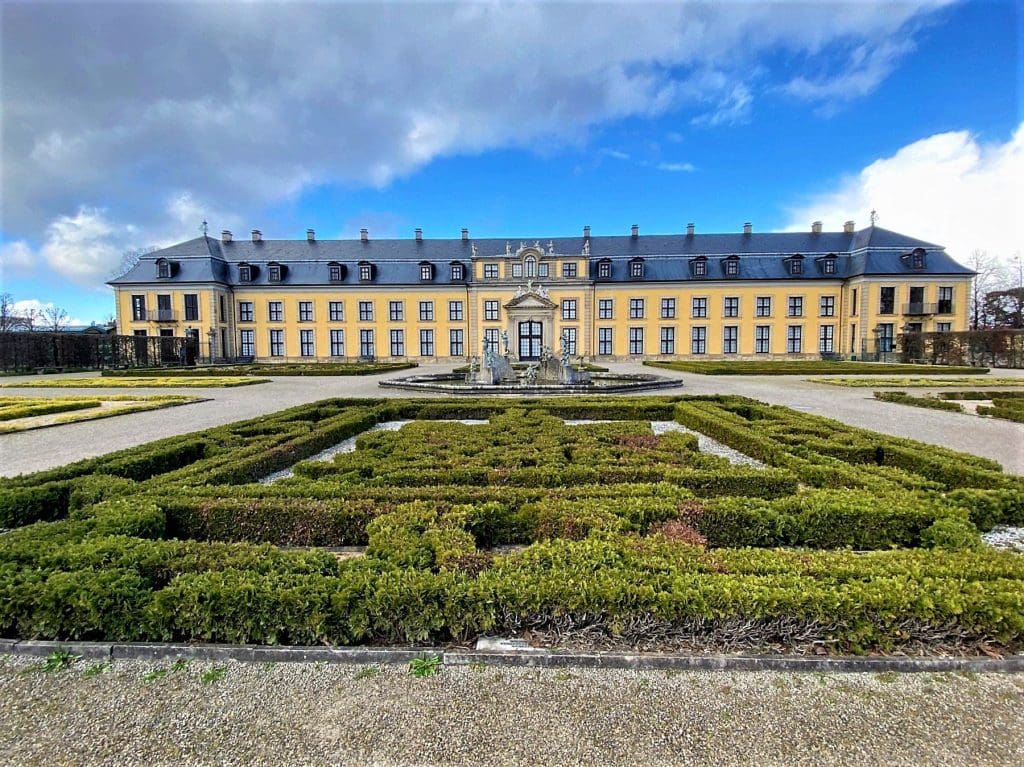
Another highlight of Hanover is visiting the baroque Royal Gardens of Herrenhausen. Although the gardens were started in 1666, the present layout is indebted to Sophia of Hanover, wife of the Elector of Hanover, who commissioned French gardener Martin Charbonnier to enlarge the garden in 1683.
The Great Garden is regarded as one of the grandest Baroque gardens in Europe, comparable with Sanssouci Park in Potsdam. It consists of 120 acres of lawn, hedges, walkways and statues geometrically arranged. Its centrepiece is Herrenhausen Palace, which was enlarged by Sophia in 1676.
Each summer the garden hosts a series of festivals, and the most magnificent firework displays. The Great Fountain can reach a maximum height of 80 metres, although only at certain times of the day. There is also a grotto with vivid work by artist Niki de Saint Phalle.
Georgian Celle
Sophia was the heir to the British throne. Her son George Louis became George I in 1714 following the death of Queen Anne, commencing the line that leads directly to Charles III.
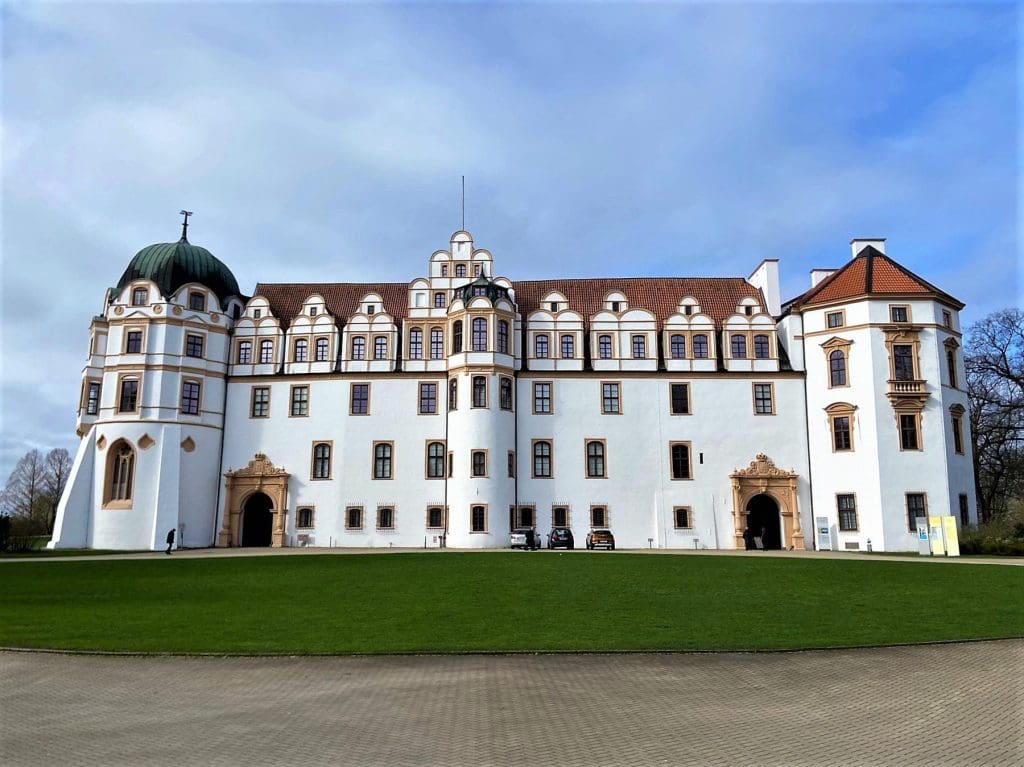
On the following day, I learn much more about the current king’s ancestry, while wandering around Celle Castle.
Dating back to 1292, the castle was home to the Hanover royal family since Georg moved here in 1536. On our tour we are given a potted history of the background to George I, or Georg Ludwig as he is known in Hanover, ascending to the British throne, as well as his unhappy marriage to Sophie Dorothea. The mother to the future George II spent 30 years in exile, never seeing her son, while her husband sailed to Britain with his two mistresses in tow.
The castle is a splendid example of Baroque architecture, although the key attraction is the late Gothic private chapel built in 1485, which really is quite spectacular. The town of Celle itself has some 450 listed half-timber buildings. Just like Wolfenbüttel and Hamelin, it makes for an interesting city tour, especially as you walk along the main street in the old part of the town where jousting used to take place.
Marienburg Castle and Hildesheim
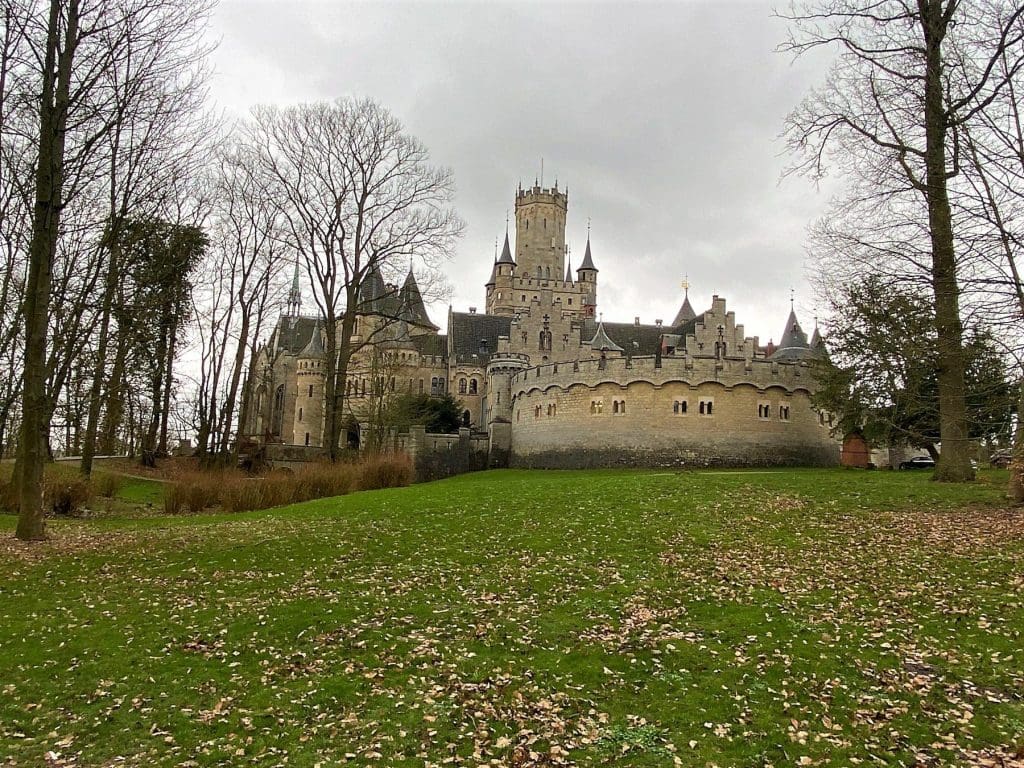
While Celle Castle is Baroque, the nearby Marienburg Castle is Gothic. However, the castle is very much a 19th century revival built between 1858 and 1867. After Georg Ludwig had left for Britain in 1714, there was no royal family in Hanover until Victoria came to the British throne in 1837. The new queen’s gender led to a separation of British and Hanoverian royal lines.
Marienburg was conceived as a ‘medieval’ castle built in the new gothic style that was popular at the time, appropriate for the returning royals. The property was left uninhabited for 80 years following the annexation of Hanover by Prussia in 1866, a year before it was completed. Thus, wandering around the castle, you get the sense that it was never really quite finished. Instead, it feels very much like an English public school or perhaps somewhere that Harry Potter might have learned wizardry.
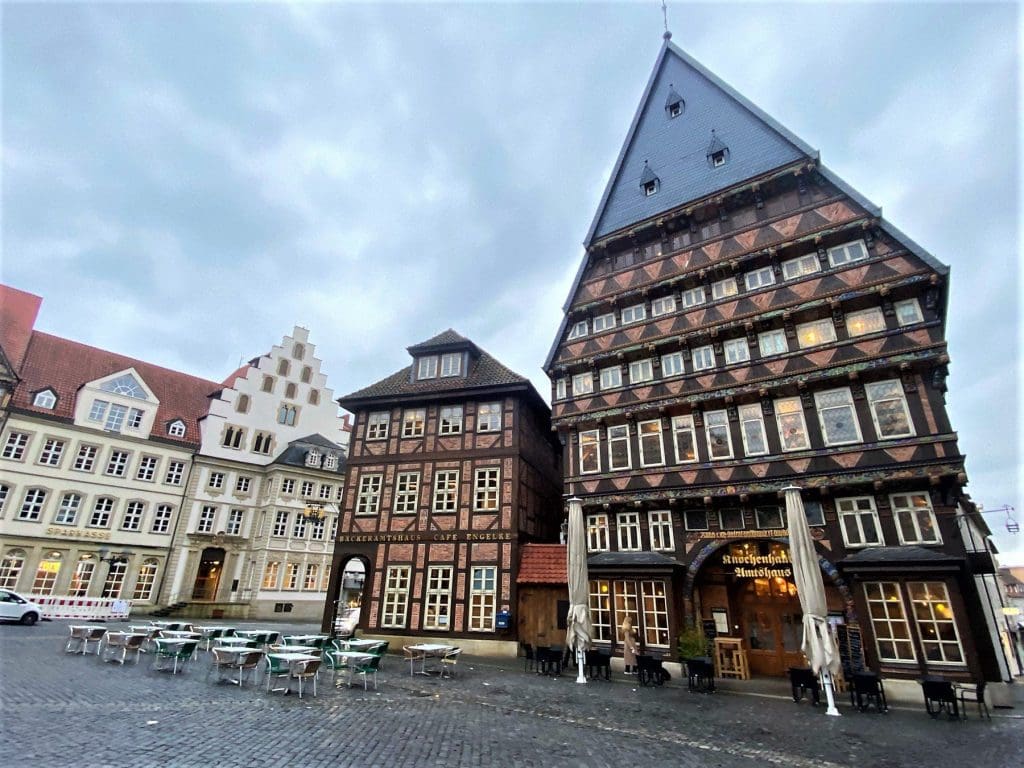
Marienburg Castle is around 10 miles northwest of Hildesheim, the fifth and final city we are to visit on a whistle stop tour of the nine cities of Lower Saxony. Due to its Hildesheim Cathedral and the St Michael’s Church, the town became a Unesco World Heritage Site in 1985. However we only have enough time to have a look at the market square before enjoying a wonderful dinner – the best on the trip – at the Van der Valk hotel situated on the square.
Hildesheim was badly bombed during the war, and just like in Hanover, as well as on my previous trip to Dresden I am struck by how the city has been reborn from the ashes.
Flight Delay at Aviation Museum
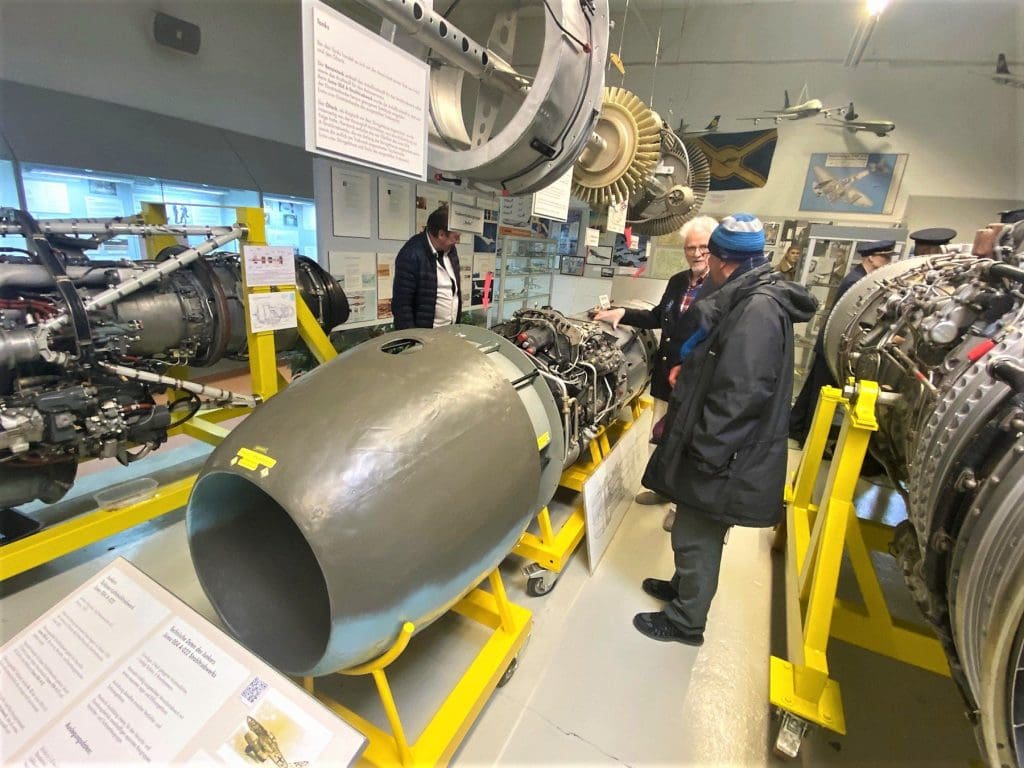
My flight back delayed by a day due a German transport strike, we decided to use our bonus day by visiting the Aviation Museum Laatzen-Hanover as well as the Royal Gardens of Herrenhausen previously mentioned. The former had an interesting display of real and model aircrafts tracing the evolution of flight to modern jet engines.
Our delay also allowed us to have one final visit to Hanover, and a last supper in a Turkish restaurant on the banks of the Leine, sadly bereft of surfers. I must admit to having been surprised by the variety of attractions in Lower Saxony, a state that deserves more attention, if only to visit the four remaining cities, and once more to be led on a merry dance by the Pied Piper of Hamelin.
Nine Cities of Lower Saxony Photo Gallery
Where to Stay in Hanover?
I really do recommend the Hotel Maritim at Hanover Airport. Wonderful staff, welcoming bar, excellent rooms and great location. Who could ask for more?
Things To Do in Lower Saxony
Celle, Hamelin, Hanover, Hildesheim and Wolfenbüttel are five of the nine cities of Lower Saxony, along with Braunschweig (Brunswick), Einbeck, Göttingen and Goslar. For more information on what to do in the Nine Cities of Lower Saxony, visit, www.9cities.de.
All images: Mark Bibby Jackson.


